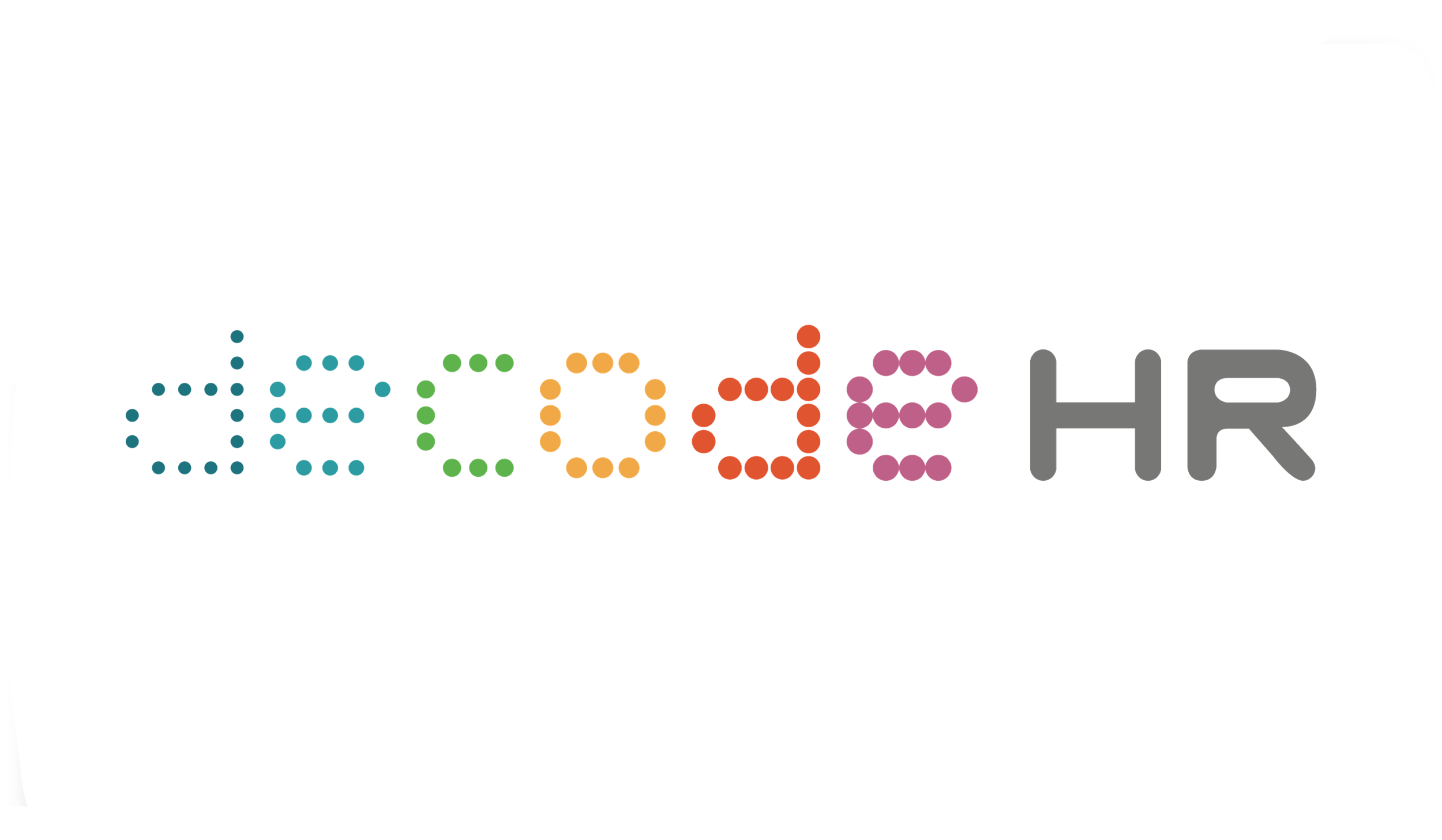How AI is helping increase diversity and inclusion through objective recruitment
Reading time: 6 mins
As a recruiter, your ultimate goal is to find a candidate with the best possible skills for a role, but how do you know if your own implicit biases are standing in the way of finding that person?
Cognitive neuroscience research has shown time and time again that regardless of how hard we try to eliminate our conscious or subconscious bias, there is still some kind of subliminal or emotional criteria still at play in human decision-making. And this of course is no different for HR and recruitment professionals when searching for ideal applicants for jobs.
Why should I be concerned as a recruiter or HR professional?
The danger for recruiters is that with inherent biases in the initial stages of recruitment, you could overlook top talent. This could result in poor hiring outcomes such as poor people to job or organization fit, low employee or manager satisfaction, higher turnover as well as the risk of a homogeneous workforce with a low diversity in talent.
As most hiring managers are aware, diversity is not just a buzzword or some box to be ticked, it should be a fundamental aspiration for all organisations, due to it’s direct correlation with more innovation and better financial performance.
McKinsey recently found that companies in the top quartile for racial and ethnic diversity are 35 percent more likely to have better financial returns, while those in the top quartile for gender diversity are 15 percent more likely to perform better financially.
Talent acquisition is the single most effective way an organisation can increase diversity within it’s workforce, so it stands to reason why so much importance has been laid on the hiring process. Human resource specialists therefore need to identify and employ strategies that can increase their likelihood of finding and selecting more diverse candidates. With this priority in mind, it’s important to look at how we can maximise attempts to remove bias from the hiring process.
Common types of Cognitive Bias
There are many ways that unintentional bias and discrimination can creep in through the hiring decisions we make, thereby hindering equal opportunities in talent selection. Below are just a few of the common biases that Behavioural Scientist Dr. Pragya Agarwal mentions that you might find in the recruitment process.
Confirmation bias – the tendency to favour information that conforms to your existing beliefs.
Leniency Bias – effectively rating someone too high because of your own personal context.
Personal Similarity Bias (also known as Affinity Bias) – favouring someone with a similar background, culture, experience or characteristics as yourself.
Halo Effect – one’s overall impressions of a person are influenced by how you feel and think about their character.
Contrast effect – unfairly comparing and contrasting against someone or something else
Ultimately we are all human and implicit bias will naturally occur at some stage of the hiring process, however it’s especially important to try and remove as much subjective decision-making at the early stages such as candidate screening. This allows for employers to assess from a wide variety of differing candidates before making a decision, therefore giving the highest possible chance of a candidate with the best skillsets to be selected as well as enhancing the qualified diversity of a workforce.
Traditional ways to be more inclusive in hiring
Reducing bias and employing more inclusive hiring tactics is not a new idea. For many years, recruiters have been employing a number of effective methods to try to more objectively select candidates for interviews.
Blind CV/Resume Checks – according to Harvard Business Review, unconscious bias, sexism, and ageism play a significant role when it comes to hiring a candidate for a job. One widely accepted practice is removing age, gender, name, ethnic background or any other identification information from application reviews. By anonymising individuals and focusing on skills and experience, the objectivity of hiring decisions is greatly increased.
Write more inclusive job descriptions – be mindful of how you write your job description by trying to favour neutral language. Coded and gendered language can deter some candidates and attract a more homogenous group, decreasing the chances of a varied range of applicants.
Standardise assessments – to maximise objectivity, ensure you create a level playing field for any assessments and scrutinise language and criteria within.
Work sample tests – Felicity Menzies, CEO of Include-Empower diversity and inclusion consultants, recommends giving a ‘work sample test that mimics the kinds of tasks the candidate will be performing on the job. Ask for examples of work and review them before you meet with the candidate to diffuse the impact of biased first impressions. Research shows these are the best indicators of future job performance.’
Another important step in the screening phase is to clearly define and stipulate required capabilities and critical skills to ensure you are targeting those most qualified. Recruiters must also take care to limit the potential for information about the candidate that is not relevant to job performance through application forms and other materials.
How can AI and machine learning help increase objectivity in hiring?
AI has become a HR professional’s most powerful tool in automating and optimising the recruiting workflow. Intelligent new solutions have prompted a shift across all talent acquisition functions. Technology has helped integrate different parts of the recruitment process and made the application experience more seamless for the candidate, while garnering a huge amount of reference points to analyse for hiring managers.
Shivanker Singh, Senior Consultant at Aon Hewitt notes that ‘assessments, gamification, employee referral tools, video based assessments and smart applicant tracking systems not only provide an engaging experience for candidates, but also reduce bias and other risks prevalent in the recruitment process.’
Through pre-screening and predictive analytics algorithms, AI and machine learning can provide in-depth insights to recruiters and hiring managers so that they can make the best-informed selection decisions, ultimately enhancing the quality and efficiency of hires at scale. Some of these insights can include more precise identification of skill gaps, predictions on candidate retention and performance, and benchmarking against other candidates in a way that no human can.
The talent pool can also be expanded and nurtured for recruiters through features such as AI job matching and candidate recommendations, as well as retargeting of previous candidates for roles they may not have seen or considered yet.
While on the candidate side, machine learning and natural language processing functions (through chatbots and other touchpoints in the recruitment process) can tailor tone, style and even foreign languages to the individual through conversations, thereby being more inclusive to a broader pool of job applicants.
Video interviews have also become a revolutionary new way to reduce bias and gain in-depth candidate insights, while increasing speed to screening and interviewing. Many organisations, including Hilton and Google, have found that the sheer amount of applicants was becoming a problem in terms of hiring time, cost and standardisation of interview processes. By using video interviews as a first step, engaged candidates were screened faster on an even playing field, while giving more accurate predictions of a new hire’s prospective performance by AI.
Recruiters and Hiring Managers, particularly in highly competitive fields, often struggle with how to efficiently build and scale bigger and better teams. Hiring is often heavily dependent on time, money and resources spent sifting through hundreds of CVs; missing out on quality hires due to human errors and bias. AI and machine learning is positively transforming recruiting workflows for more objective decision-making and ultimately better hiring outcomes for both candidates and employers.






